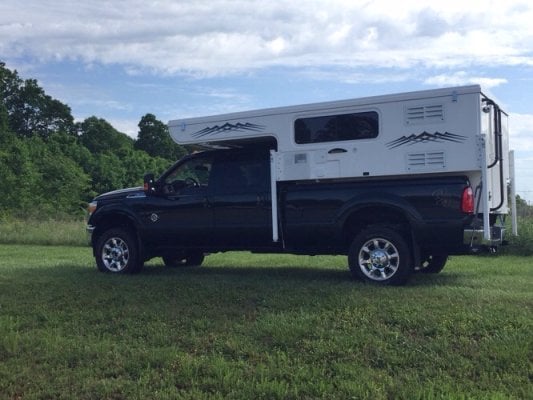smlobx
Lost again
I measured the height of my bed empty but with a full fuel tank and the left side where the tank is located is about 1/2" lower.
Then when I loaded my Hallamark the difference went to about an inch. I realized that the appliances are on the left side as well.
I inflated the airbags to raise the truck to preloaded level and to level the sides and ended up putting 75 psi on the left side and 36 psi on the right side.
My question is does everyone use the same pressure on each side or do you level the truck?
Thanks!
Then when I loaded my Hallamark the difference went to about an inch. I realized that the appliances are on the left side as well.
I inflated the airbags to raise the truck to preloaded level and to level the sides and ended up putting 75 psi on the left side and 36 psi on the right side.
My question is does everyone use the same pressure on each side or do you level the truck?
Thanks!

